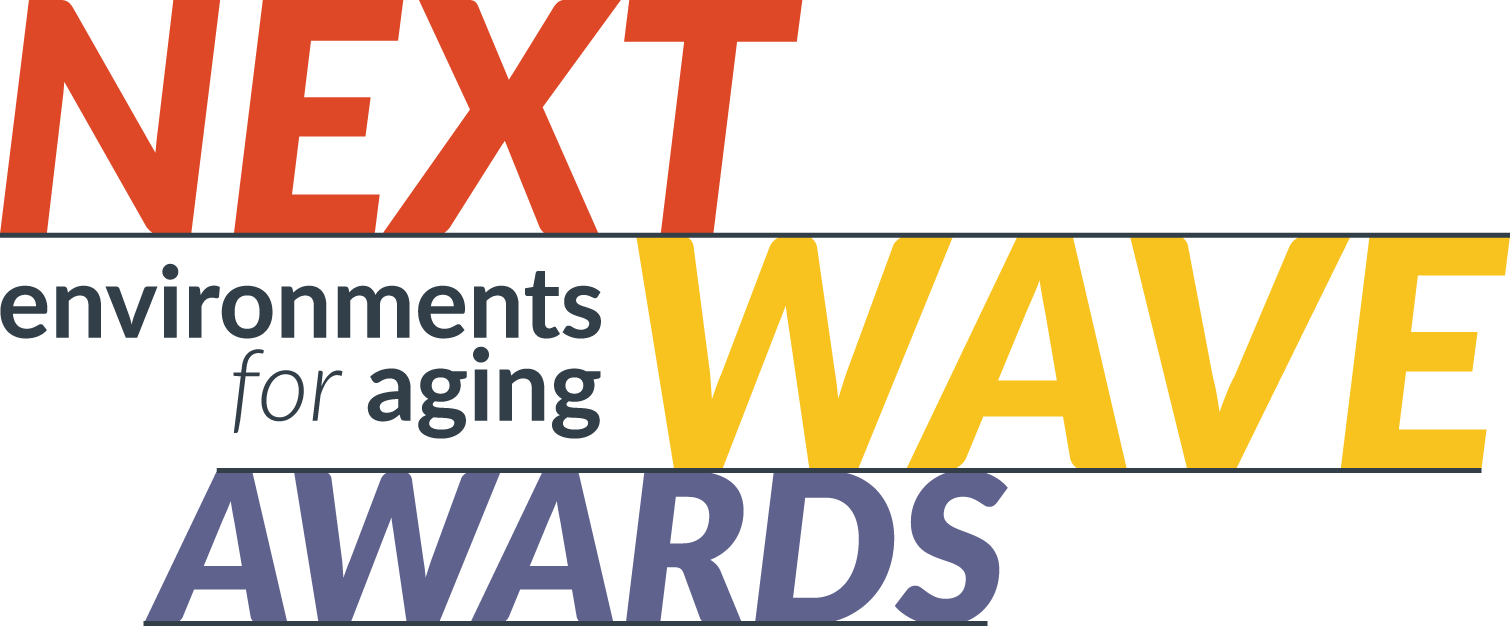Launched in 2013, the WELL Building Standard focuses on enhancing people’s health and well-being through the built environment. In the last decade, the program has gained traction across a variety of sectors including senior living.
Last year, The International WELL Building Institute (IWBI; New York), which operates the program, announced that more than 600 senior living communities around the world enrolled to pursue, or have achieved, the WELL Health-Safety Rating or WELL Certification. This activity represents more than 30 million square feet and a more than fourfold adoption increase in the sector since a year ago.
Environments for Aging reached out to Whitney Gray, senior vice president, research, at IWBI, to discuss what’s driving this momentum. Here, she discusses that change, the different WELL programs impacting senior living, and what she hopes to see happen in 2023 and beyond.
EFA: What do you attribute to the growth in the senior living sector’s embrace of the WELL Building Standard and WELL Health-Safety Rating programs?
Gray: Approximately 49 million Americans are 65 and older, and nine out of 10 older adults prefer to age in place, according to the National Council on Aging. Over the next 10-15 years, the population of Americans aged 65 years or older will more than double to become about 25 percent of the U.S. population, and for the first time in U.S. history, older people will outnumber children.
With nearly 1 billion seniors worldwide, where and how they live is a critical societal question. As demographics shift, we see movement in the industries that support them—as we’re seeing with senior living.
Along with improving the health, safety, and well-being of its residents, senior living communities that adopt WELL can also support the recruitment and retention of senior housing employees, which has become an industry-wide issue since the pandemic.
Did you see this momentum building before the pandemic, or has that contributed to this growth?
The pandemic has increased expectations for safer environments for living and working. The pressure is high for senior living facilities to follow the science and find ways to communicate their evidence-based practices to residents and families.
It has also shown us the vulnerabilities of our elder population and certainly spurred increased WELL adoption across the sector. But societal demographic shifts had already spurred the sector to embrace WELL prior to COVID-19.
Briefly explain the relationship between WELL Certification and the WELL Health-Safety Rating.
Spanning 108 features and 10 concepts, certification through the WELL Building Standard provides a holistic roadmap for improving the quality of our air, water, and light. It offers inspired design decisions that not only keep us connected but facilitate a good night’s sleep, support our mental health, and help us do our best work every day.
Projects pursuing evidence-based, third-party verified WELL Certification can earn points based on performance outcomes for various policy, design, and operational strategies. Projects can achieve one of four certification levels: Bronze, Silver, Gold, or Platinum.
The WELL Health-Safety Rating for Facility Operations and Management is based on a subset of features in the WELL Building Standard. It is designed to address acute health threats including COVID-19 and beyond. This evidence-based, third-party verified rating can apply for all new and existing building and facility types.
To ensure that a space continues to meet updated requirements, projects must recertify every three years and ratings must be renewed on an annual basis.
Is there one specific WELL intervention or strategy related to design/build environment that you’re seeing being used more often in senior living communities?
Each senior living organization that adopts WELL will have a unique approach to the interventions and strategies that best fit their community’s needs. One WELL strategy that has the potential to positively impact senior living residents is access to natural light. Benefits includes reducing the “sundowning effect” that causes sleepiness and restlessness among residents, as well as a decrease in trips and falls.
Other strategies may support residents’ cognition improvement, thermal comfort, less reliance on medications, and more emphasis on environmentally friendly materials, nutrition, and social engagement.
What do you hope to see happen in 2023 for WELL and the senior living sector?
We have already seen that WELL can highlight senior living communities’ commitment to building a healthier and sustainable future. The program can also help a community enhance environmental, social, and governance (ESG) performance by providing a transparent and standardized method to measure and report on human and social capital metrics.
Research shows that when organizations support the health of their most valuable assets—people—they often experience lower turnover and burnout. Another benefit is greater productivity and engagement driving improvements for their bottom line.
Investors, regulators, and organizations are prioritizing non-financial indicators to better understand risk and return and demonstrate value and impact.
Anne DiNardo is executive editor of Environments for Aging magazine. She can be reached at [email protected].








